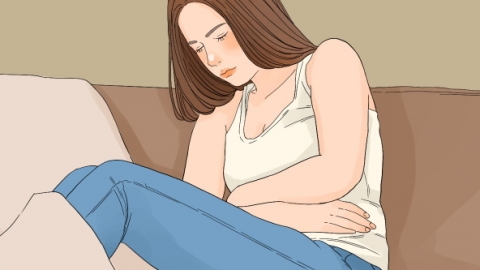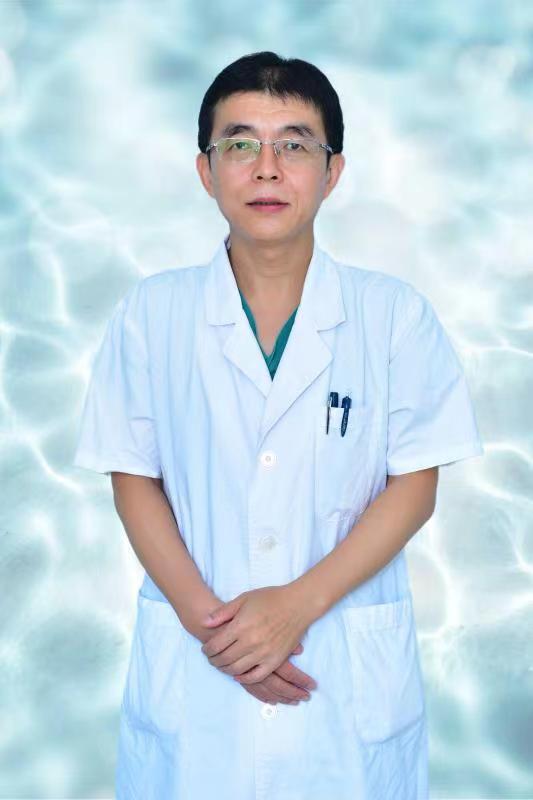What to do about inverted nipples
Generally, nipple inversion may be related to developmental differences, pubertal development, mastitis, fibrocystic breast disease, breast fibroadenoma, and other factors. Patients can alleviate symptoms through natural correction, massage, medication, and other methods. It is recommended that patients seek timely medical attention and follow medical advice for treatment. A detailed analysis is as follows:

1. Genetic factors: Nipple inversion may be related to hereditary factors. If there is a family history of inverted nipples, the likelihood of similar occurrences in offspring increases. Mild cases of nipple inversion can be improved through non-surgical methods such as nipple stretching exercises or using a nipple suction device.
2. Pubertal development: During breast development at puberty, the rapid growth of breast ducts and glandular tissue may not be matched by the growth of skin and muscle tissue in the nipple and areola area, leading to nipple inversion. This is considered normal, and in most cases, inverted nipples may self-correct as breast development matures.
3. Mastitis: Breast infection or inflammation may cause nipple inversion due to swelling and inflammatory responses altering the structure around the nipple. This may be accompanied by symptoms such as breast redness, pain, and fever. Patients should follow medical advice and use medications such as minocycline hydrochloride capsules, cefixime dispersible tablets, or cefuroxime axetil tablets to aid recovery.
4. Fibrocystic breast disease: When fibrocystic changes occur, abnormal proliferation of breast tissue may compress and deform the breast ducts, leading to nipple inversion. Patients are advised to follow medical guidance and use medications like Hongjin Xiaojie Capsules, Rujiling Capsules, or Runing Tablets to relieve symptoms.
5. Breast fibroadenoma: Breast fibroadenoma is a benign tumor whose location and size may affect the shape of the nipple, causing inversion. Symptoms such as breast lumps and breast tenderness may also occur. Patients should promptly follow medical instructions to use medications such as Rupixiao Tablets, Ruhesanjie Tablets, or Ru Kuai Xiao Granules for treatment. If the fibroadenoma is large or causes discomfort, surgical removal may be necessary.
In daily life, attention should be paid to lifestyle adjustments, such as reducing caffeine intake and wearing properly fitting bras, which can help improve nipple inversion.






